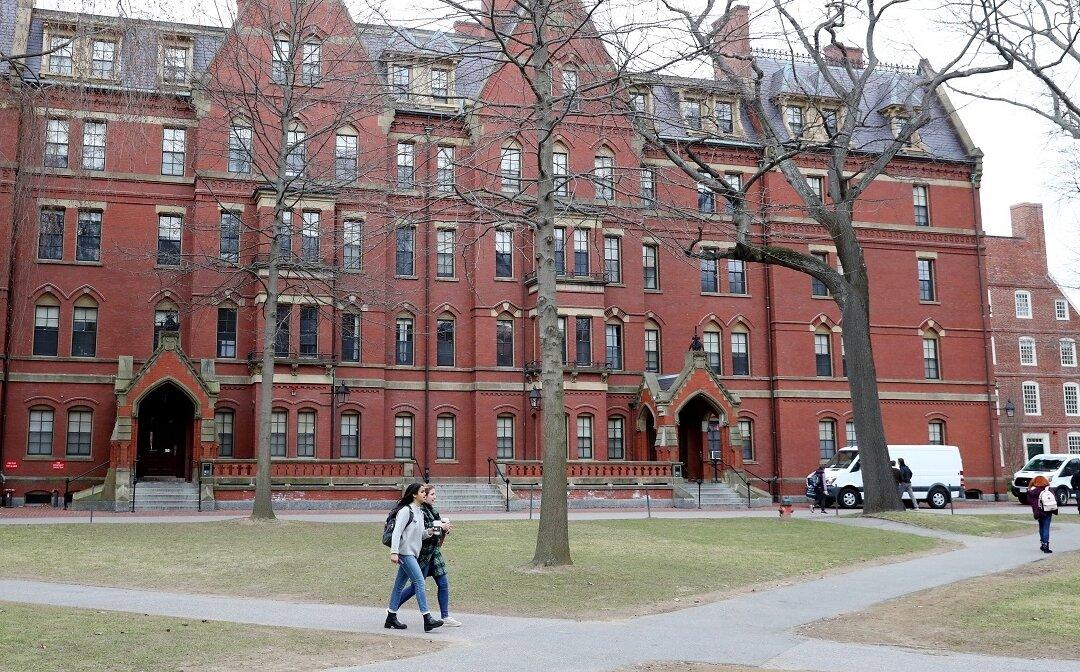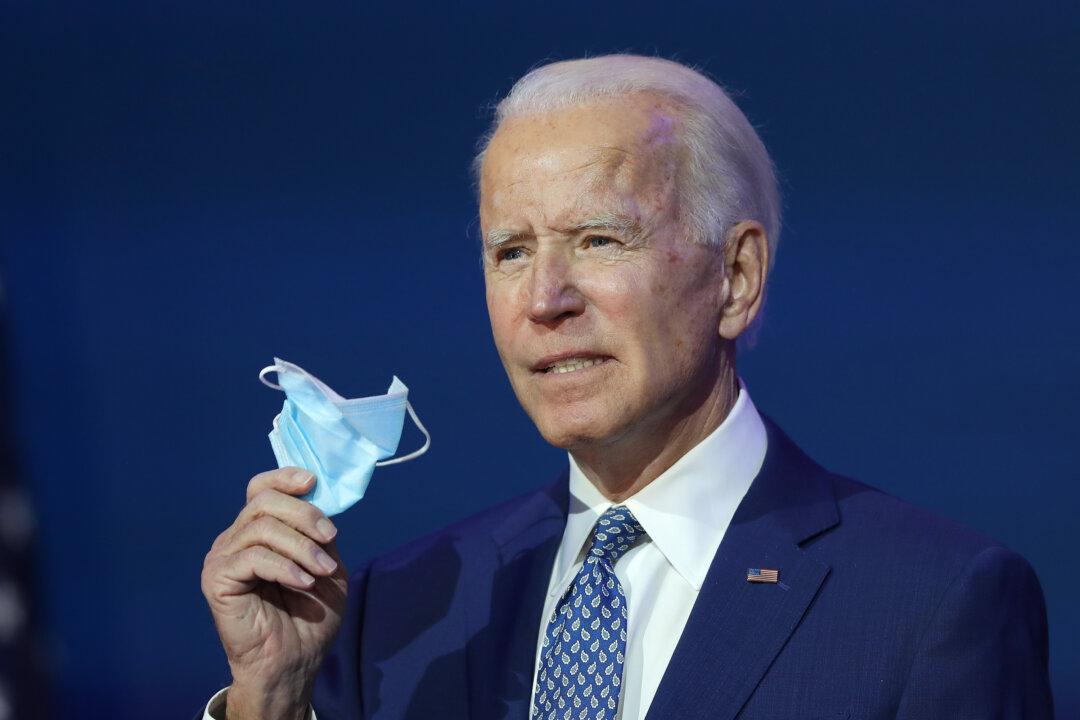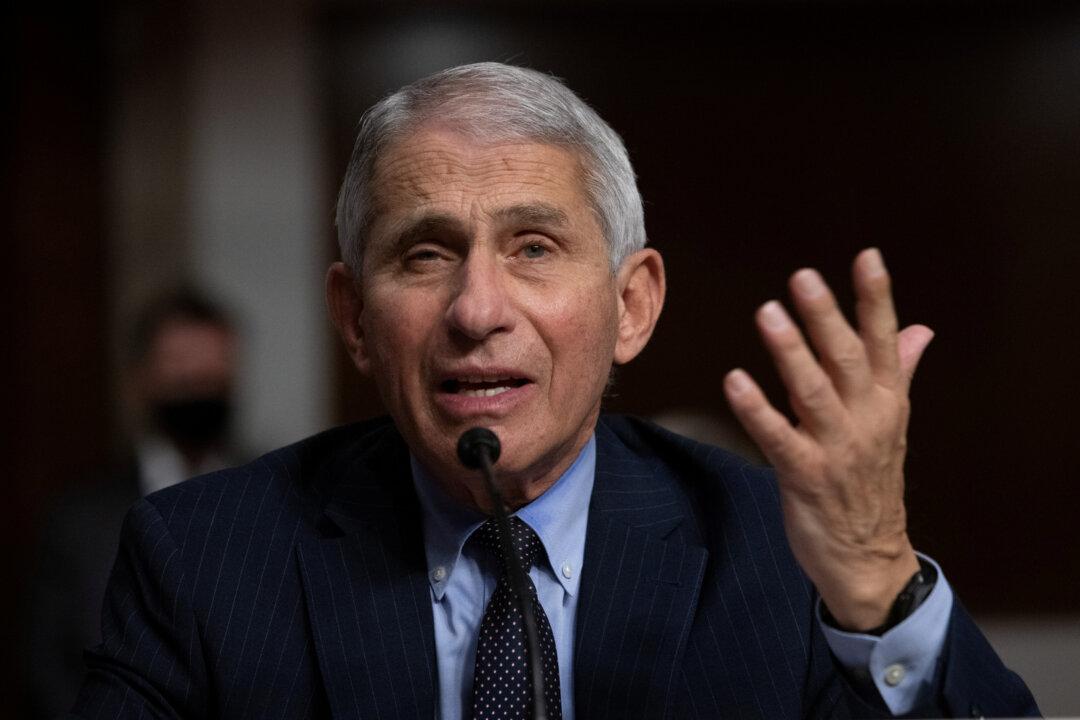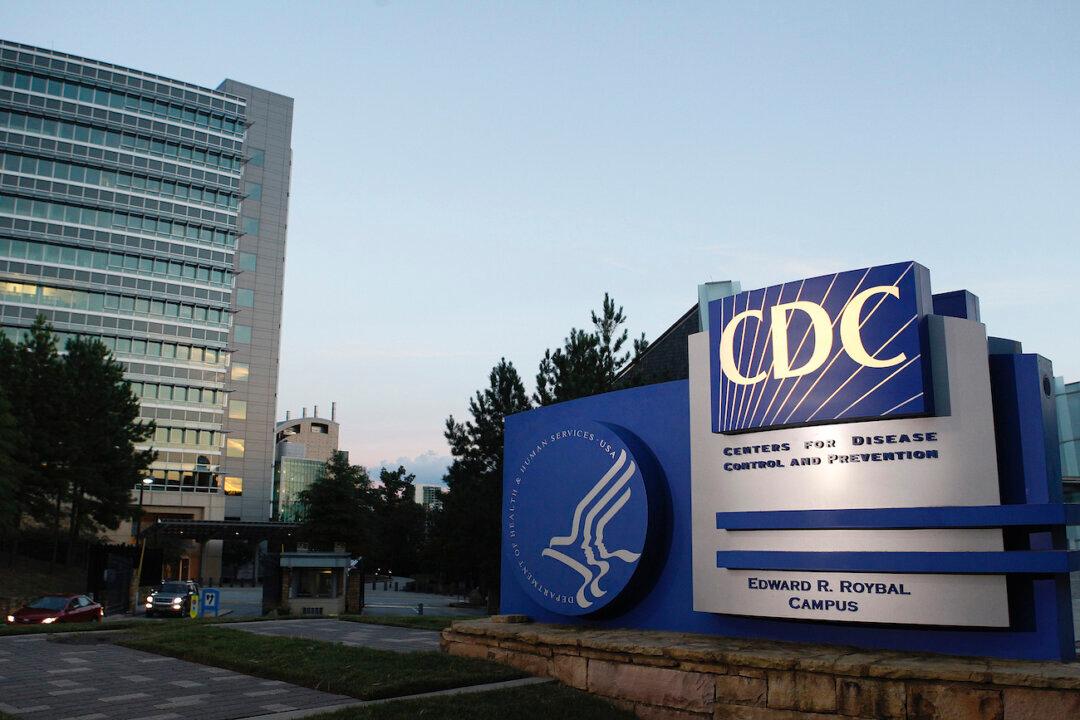College students will need to be tested for COVID-19 every two to three days in order for schools to reopen safely, a study conducted by the Yale School of Public Health said, the Medical Press reported.
The study was published on the JAMA Open Network on July 31, for the purpose of discovering what kind of COVID-19 screening process should be put in place in order to maintain a safe reopening process for colleges as September approaches.





